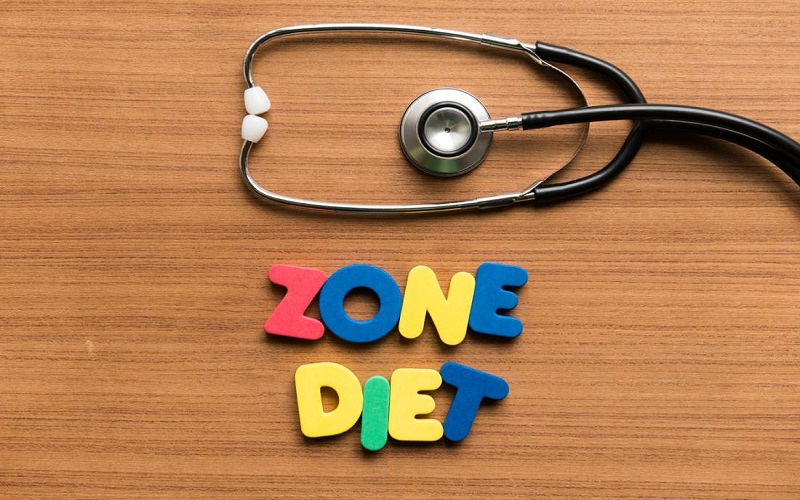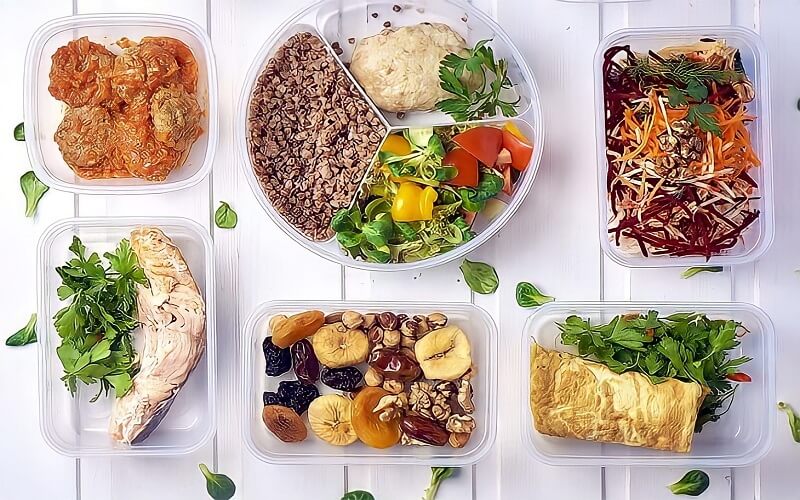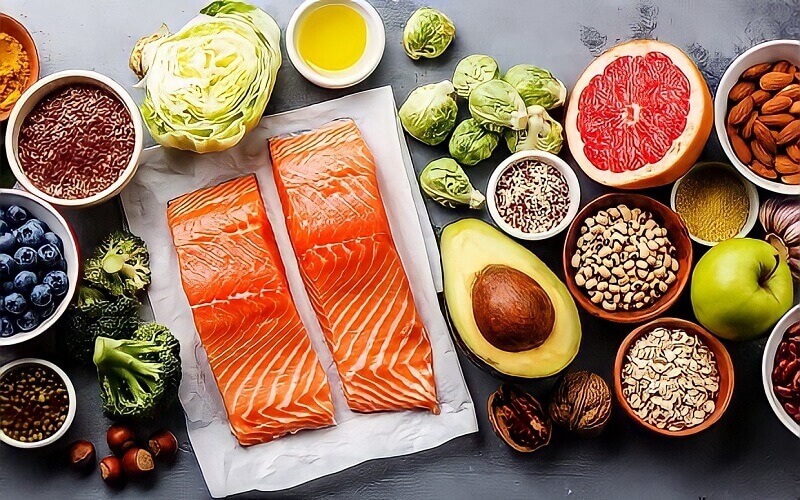As living standards improve, issues such as weight gain and obesity become more prevalent. To improve one’s physique, individuals often adopt different dietary and exercise routines. One popular method is the Zone Diet, a weight-loss plan developed by Dr. Barry Sears over 30 years ago.
The Zone Diet aims to slow down the release of sugar into the bloodstream, keeping you fuller for longer, thereby aiding weight loss and enhancing mental and physical performance in daily life.
The Zone Diet recommends a specific ratio of 40% carbohydrates, 30% proteins, and 30% fats in one’s diet. Here’s a breakdown of each component:
- Carbohydrates: While carbs are the body’s primary energy source, they can also trigger hunger pangs. Dr. Sears suggests limiting carbs to 40% and supplementing with other food groups. Carbohydrates can be found in foods such as grains, legumes, fruits, dairy, and starchy vegetables.
- Proteins: Proteins, derived from lean meats, make you feel fuller without the need for carbohydrates, thus aiding weight loss. Proteins should make up 30% of your daily intake and can be sourced from chicken, turkey, fish, eggs, beans, nuts, seeds, and tofu.
- Fats: Instead of animal-based fats, the Zone Diet recommends plant-based fats, constituting 30% of your diet. Sources include avocados, nuts, seeds, and olive oil.
 What is the Zone Diet?
What is the Zone Diet?
2 Benefits of the Zone Diet
Adopting the Zone Diet offers several advantages, including:
- Increased daily work productivity: Better health and faster thought processes lead to enhanced job performance.
- Reduced body fat: The Zone Diet helps burn fat faster, reducing the risk of heart disease, fatty liver, and premature skin aging.
 Benefits of the Zone Diet
Benefits of the Zone Diet
3 How to Implement the Zone Diet
There are two methods to follow the Zone Diet: the hand-eye method and the zone food block method.
Hand-Eye Method:
This approach is considered easy to implement as it only requires your hand and eye. Your hand serves as a reminder to eat five times a day and never go more than five hours without food. Your eye estimates the proportions of food on your plate. To design a Zone Diet-compliant meal, visually divide your plate into three sections: one-third lean protein, two-thirds low-glycemic carbohydrates, and a dash of healthy fat.
 The hand-eye method is easy to apply, as you only need your hand and eye to get started.
The hand-eye method is easy to apply, as you only need your hand and eye to get started.
Zone Food Block Method:
This method allows you to personalize your diet based on your body’s needs. It involves calculating your daily requirements of proteins, carbohydrates, and fats. The number of zone food blocks you consume daily depends on your height, weight, and waist measurement. Typically, men consume 14 blocks per day, while women consume 11 blocks. Breakfast, lunch, and dinner consist of 3-5 blocks each, and a snack in the afternoon or evening contains 1 block.
Each zone food block comprises blocks of protein, fat, and carbohydrates:
- Protein block: Contains 7g of protein.
- Fat block: Contains 1.5g of fat.
- Carbohydrate block: Contains 9g of carbohydrates.
 Zone Food Block Method
Zone Food Block Method
4 Sample Zone Diet Meal Plans for Men and Women
Sample Meal Plan for Men:
This meal plan consists of 14 food blocks and is designed for the average man.
 Sample meal plan for men
Sample meal plan for men
Breakfast (4 blocks): Scrambled eggs, turkey bacon, low-fat cheese, and fruit.
- 1 ounce low-fat cheese
- 3 slices of turkey bacon
- 2 scrambled eggs
- 1 small apple
- 3.5 cups (630g) cooked spinach
- 1 cup (156g) boiled mushrooms
- 1/4 cup (53g) boiled broccoli
- 1 teaspoon (6.6ml) of olive oil
Lunch (4 blocks): Salad with grilled chicken, egg, and fruit.
- 1 boiled egg
- 3 ounces (84g) grilled chicken breast, skin removed
- 2 leaves of iceberg lettuce
- 1 cup (70g) raw mushrooms
- 1 cup (104g) sliced raw cucumber
- 1 red bell pepper, sliced
- 2 teaspoons of butter
- 1/2 teaspoon of vinegar
- 2 plums
Afternoon Snack (1 block): Boiled egg, nuts, and fruit.
- 1 boiled egg
- 3 hazelnuts
- 1/2 apple
Dinner (4 blocks): Grilled salmon, lettuce, and vegetables.
- 6 ounces (170g) grilled salmon
- 1 cup (200g) baked sweet potato
- 1 head of iceberg lettuce
- 1/4 cup (37g) raw tomatoes
- 1 cup (104g) sliced raw cucumber
- 2 teaspoons of butter
- 2/3 teaspoon (3.3ml) of olive oil
Bedtime Snack (1 block): Fresh cheese, nuts, and fruit.
- 1/4 cup (56 grams) of fresh cheese
- 6g of peanuts
- 1/2 orange
Sample Meal Plan for Women:
This meal plan consists of 11 food blocks and is designed for the average woman.

































